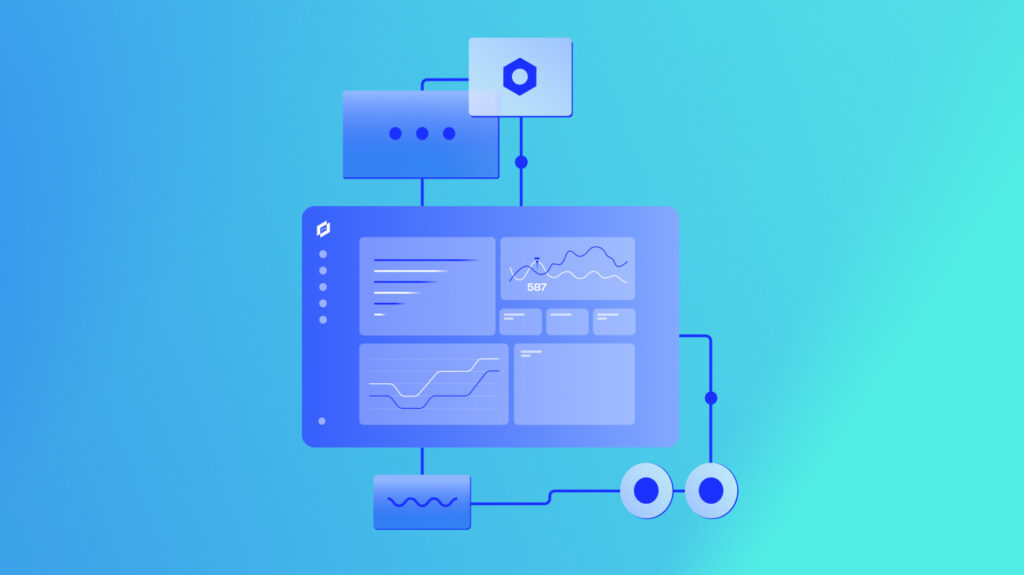I’d like for you to think of your favorite app that you use almost every day. What do you use it for and why? Next, I’d like for you to think of the last time the app had a major design change that made you think, “What was the company thinking? Why would they change something that worked perfectly fine and make it so unusable? Did they not consult actual users before making this change?”
When a product rolls out a design change that gets backlash from their user base (Snapchat’s design revamp in 2018 that got a strong enough backlash from their user base it prompted a Change.org petition, according to TechCrunch, comes to mind), it could be a sign that the company has not invested in building a strong user feedback base. A user feedback base is more than setting up a 2-week long usability study with your target users, it’s about establishing a partnership with your customers, through having regular feedback sessions with them.
3 Reasons Why You Should Have a Strong User Feedback Base
1 – Ensures That You’re Meeting Their Use Cases
Having a strong user feedback base is beneficial to your company because it allows you to continuously ensure that your designs are meeting the use cases and fulfilling the needs of your users. If you’re improving existing features, you want to make sure that you’re not creating something that confuses them or forces them to relearn the product without providing a clear corresponding business benefit. If you’re designing a new feature in the product that hasn’t been released yet, aside from checking the usability of the feature, you want to make sure that you’re checking over to see if there is a use case for that feature and to make sure that your design is meeting that use case. When a user has a strong use case for a new feature, they are more likely to invest more in your product.
2 – Gives Users Ownership Over the Product
This feedback loop benefits your users, in other ways than making sure that your product is usable. These feedback sessions can make your users feel like they have ownership over the product. Users can feel like they have more control over what is being put into their product because they have the opportunity to give direct feedback to the designers on what interactions meet their use cases and make experiences more intuitive for them.
3 – Your Users Will Advocate for Your Product
Additionally, by including them in these feedback sessions, your users can learn about upcoming features and design changes. This reduces the learning curve for them once these features and designs are released. By already having the knowledge of how a product works in advance, your users can become internal product advocates for members of their team. They can teach newer members of their team how to use these features and become an advocate of them to upper management. If a user becomes an internal user advocate, they can provide strong arguments to their upper management to invest in premium features that your company offers. This can lead to your company gaining more profits.
Steps for Creating a Strong User-Feedback Base
In order to create a strong user-feedback base, we followed the steps below. Depending on your org structure you may have to adjust accordingly.
Prepare
Make sure that you’re writing down the use cases for each prototype as well as any questions you would like to ask customers. Also make sure that they’re relevant to the customers that you’re presenting to, based on what your customer-facing team members have told you about them. You also want your prototype to have all of the interactions that you want to show in it. By including all of the interactions in your prototype itself, you’re ensuring that you have all of the key use cases covered.
Engage Your Cross-Functional Teams
Talk to your customer-facing team members such as customer success managers, to see if they know of any customers that would be interested in providing feedback. Inform them about what you’re working on currently and walk them through a demo of your prototypes. Tell them that they are more than welcome to provide the introduction and join in on these calls. They should feel in-control and included in the design process.
Schedule Your Meetings
If you haven’t been introduced to them via a customer-facing team member, reach out to your customers to introduce yourself and explain the purpose of the feedback session. In order to get customers fully on-board with the research process, emphasize how much you value their feedback about new and existing features. It’s also important to mention how customer feedback is essential in order to make sure that your team is creating functionality that is both usable and maximizes value. Be sure to make it clear that they, the customer, are the key to success.
Get Friendly
At the beginning of the meeting, introduce yourself to the customer. Don’t forget to ask them about their job and how they use the product. Remember, their time is critically valuable. Customers are your partners, not just participants. Most importantly, make them feel comfortable. If they’re comfortable, they’re more likely to be open and honest with you, which is what you need. You both want to make sure that you’re testing the behavior of the prototypes in order to fully capture how they would interact with your product in a realistic scenario.
Co-Create With Them
During these sessions, present the prototypes you’ve prepared. Have your customers go through the tasks you’ve outlined, in order to make sure that they’re able to complete the use cases successfully. Make sure to ask follow up questions, especially if something about the new feature was confusing. Don’t be afraid to co-create with them or rapidly sketch in real-time any ideas that come out of your collaboration. The more you treat your customers like your partners and not just your participants, the more they will be willing to contribute fresh ideas and insights beyond the scope of the current task. By practicing participatory design, you can ensure that the customers are at the center of your design process — the results will often blow you away.
Do It RITE
At LogicMonitor we run a Lean UX methodology known as RITE (Rapid Iterative Testing and Evaluation) which means we focus on improving the quality of the product as quickly as possible with the focus on shipping working functionality that adds maximum value to the customer with minimal investment. If the object of the research is to make the product better, even a single session’s worth of feedback that points out a critical defect in the design is often enough to confidently make changes to the product. Once you’ve made those design changes, get them in front of customers again to make sure that these design changes are working. Then rinse and repeat, until you have created a design that meets your customer’s needs for a particular use case.
Involve Your Cross-Functional Partners
As you create new features, you want to make sure that you’re checking in with your development team and your product team to make sure that what you’re designing can be delivered on time and on budget. You also want to make sure these features are in-line with your company’s long-term goals and vision. UX is always about partnerships. This UX process centered around the customer provides the glue between business, development, and customer needs through creating a seamless product experience.
At LogicMonitor, we have a user-feedback base consisting of over 47 customers, we regularly meet for feedback sessions, and that number is growing daily. As of the date of this article, we’ve completed over 160 customer feedback sessions. This feedback loop allowed LogicMonitor to fix design flaws before they happen, address immediate customer concerns, and gain a deep understanding of the use cases our customers value most, and continue to create a product that our customers find both essential and enjoyable. We value our customer’s feedback because it is the pillar around which our product design process revolves around: the more we can make our customers successful through our partnerships, the more likely we are to succeed as a business.
Using LogicMonitor today? Contact your Customer Success Manager to see if you can participate in LogicMonitor’s exclusive user-feedback base.

Subscribe to our blog
Get articles like this delivered straight to your inbox








